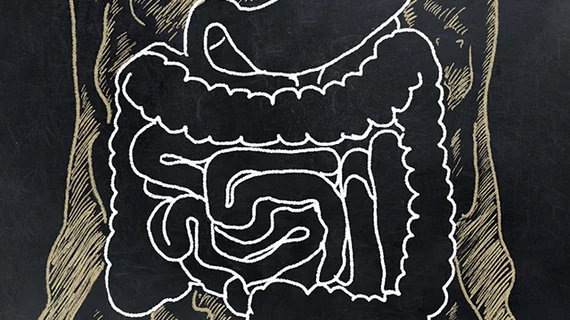Researchers in Australia have developed a pinpointed method of delivering medicine to cancerous cells with nanobubbles that are activated by x-rays. The team published its study online July 13 in Nature Communications.
"The development and application of various nanomaterial designs for drug delivery is currently a key focus area in nanomedicine," said lead author of the research Wei Deng, MD, associate investigator at the ARC Centre of Excellence for Nanoscale Biophotonics in New South Wales, Australia, to phys.org.
The researchers examined liposomes, nanobubbles often used to encapsulate drugs, and engineered them to release their drug cargo when activated by x rays.
“We demonstrated that this release strategy has the capacity for in vitro gene knockdown and enhanced cancer cell-killing efficacy by releasing two kinds of cargos, antisense oligonucleotide against PAC1R gene and an antitumour drug (Dox) upon X-ray radiation,” Wei Deng et al. wrote. “In animal experiments, X-ray-triggered liposomes were demonstrated to control colorectal tumor growth more effectively than other individual modality treatment conditions.”
In preliminary testing, the method proved successful in mice with colorectal cancer xenografts. The x-ray-triggered liposomes were able to control tumor growth more effectively than other modality treatment options.

